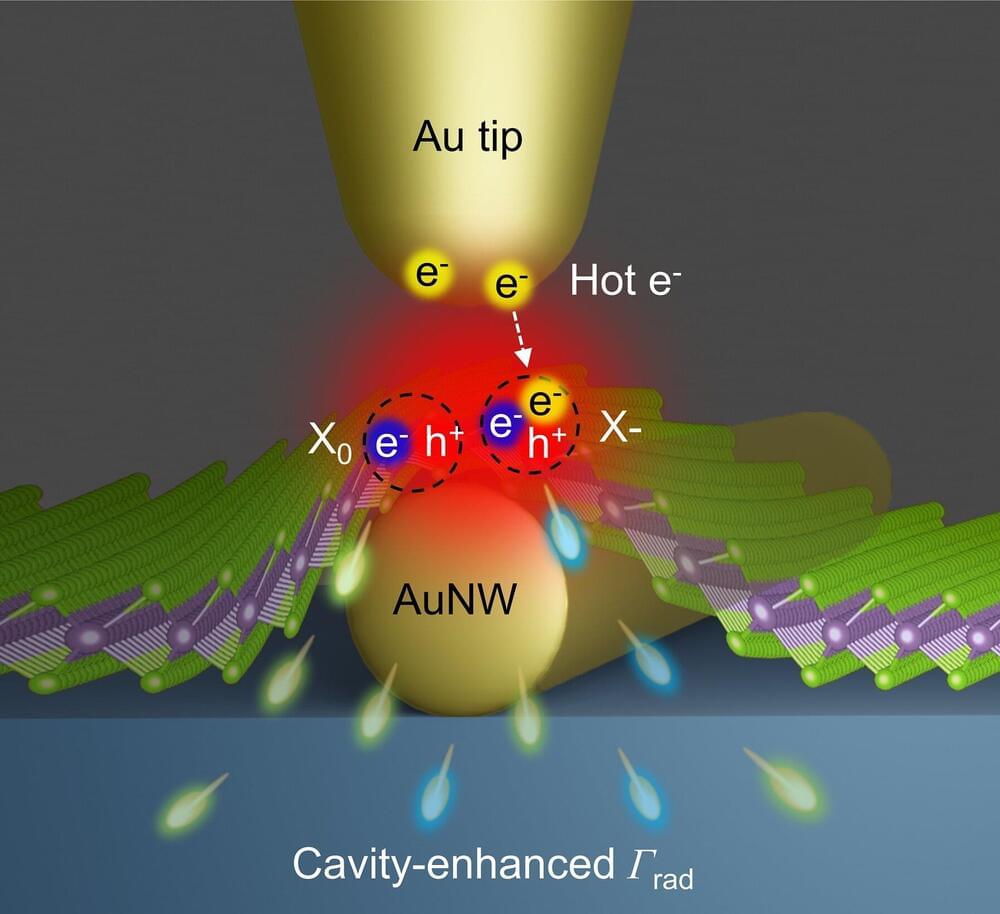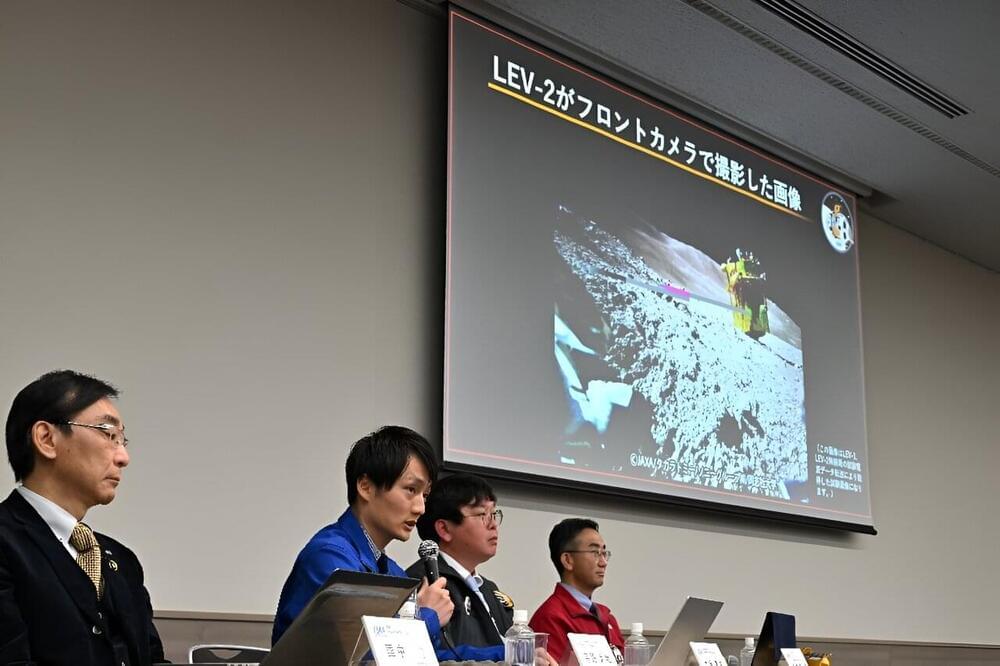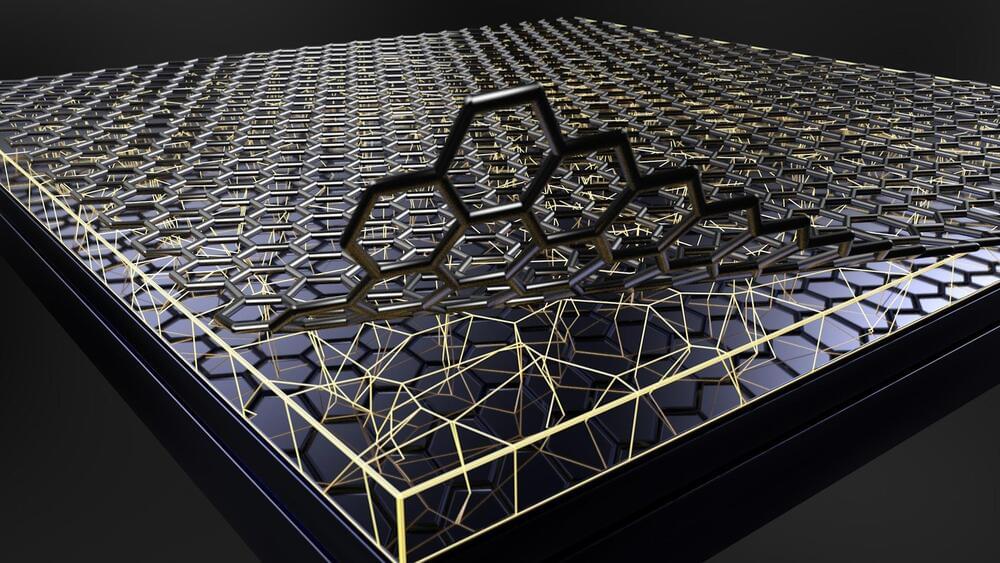Feb 9, 2024
This modular ‘pop-up solar canopy’ charges EVs off-grid
Posted by Shailesh Prasad in categories: solar power, sustainability
Meet PairTree – a solar-powered canopy that charges EVs off-grid – that’s made by US-based solar charging infrastructure manufacturer Paired Power.
PairTree, which started to roll out commercially late last year, is quick and easy to set up – it takes only about four hours – and its ballasted steel foundation fits right into a regular parking space. What sets it apart is its use of bifacial solar panels. These 4.6 kW units increase energy yield by up to 15% compared to traditional panels. This means that in practice, a PairTree unit’s performance rivals that of a 5.3 kW solar array.
PairTree features a UL 9450-listed lithium iron phosphate battery energy storage system, offering a spectrum of daily ranges from 75 to 230 miles, depending on the capacity chosen. It can support either one or two Level 2 EV chargers.

















